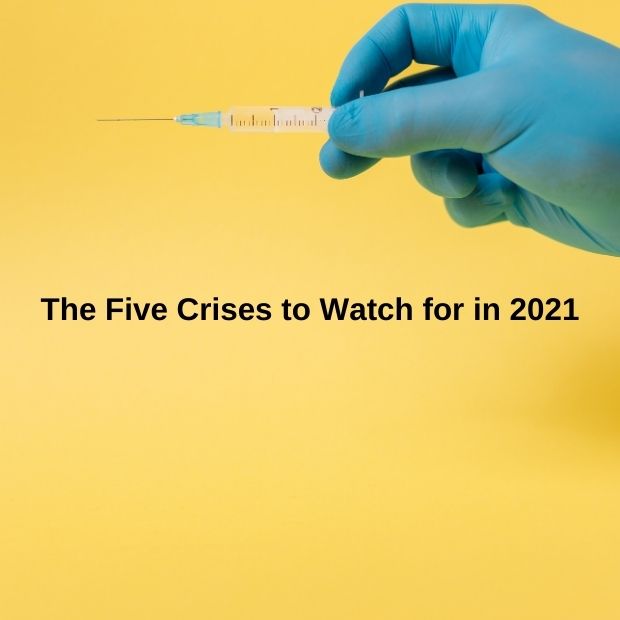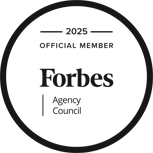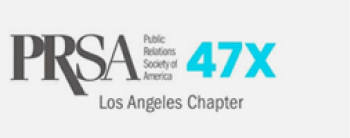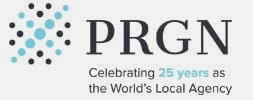
The Five Crises to Watch for in 2021
Vaccine rollout challenges
Government and healthcare clients are going to be under a microscope during the vaccine rollout process. Last year, the federal government, through Operation Warp Speed, worked with industry to obtain vaccine approvals in record time. Now all eyes are going to be on the states and healthcare providers to see that vaccines get into the right arms at the right time.
Not only will the public watch the operational rollout of the vaccines, but communication around the vaccine will be highly scrutinized. There will be an opportunity for brands to either be a hero or a villain in this process. The vaccine rollout is an opportunity to over-communicate around the distribution and the science around the vaccine.
Greater regulation of all industries
While many in the public relations profession breathed a sigh of relief when President Donald Trump lost his re-election bid, the truth is that he did remove a lot of regulatory burden for companies. With a Democratic trifecta (control of the presidency, the U.S. House, and the U.S. Senate) in the United States and a global lurch to the left, companies can expect greater regulatory burden at a time when they can least afford it as they work to recover from COVID-related economic impacts. To put this in perspective, restaurants likely will not return to pre-COVID revenue for three or four years.
Companies and industries should prepare to defend their business models among local, state and federal policymakers. For many organizations, effective advocacy can mean the difference between whether they survive or not.
Reopening missteps
A crises to watch is reopening challenges for organizations. There are two sides to this: with the customers they serve, and the employees within their organizations. In both circumstances, the margin for error is narrow, and the opportunity for backlash is huge.
For the most part, employers are going above and beyond to ensure a safe work environment, between work from home policies, makeshift physical barriers in every imaginable area of the office environment, Zoom meetings at desks instead of gatherings around conference room tables, and more. Despite these efforts, there is still the chance of an employee getting sick – or worse yet – an entire team of employees catching COVID.
The decision to bring employees back to work is one of the most difficult leadership decisions that organizations will make, and leaders want nothing more than to have everything go according to plan. Despite everyone’s best efforts, there are going to be some bad outcomes during the re-opening process. How organizations handle these crises will signal a great deal about their values and competency.
Public-facing businesses have the additional challenge of creating a safe customer experience. Like businesses that operate in office environments, these companies are taking heroic measures to create a safe and inviting atmosphere. Nevertheless, companies will make mistakes and a small segment of the population dissatisfied with their customer experience could take advantage of this situation to tarnish the reputation of even the most responsible organizations.
How companies respond to criticism in the public square about their reopening efforts will either reassure or alienate customers, employees, and other stakeholders.
Continued misinformation around the science
Do we wear one mask, three masks, or no masks? Does the vaccine cause more harm than good? (It doesn’t – please get vaccinated.) The COVID is a crisis to watch and was born in an era of misinformation, and organizations will continue to face challenges from misinformation throughout the recovery process. Between foreign governments refusing transparency that could have benefitted the global community, to bad actors spreading intentional bad info online, there is a long list of troublemakers willing to create chaos.
Organizations must walk the tightrope of discerning what information sources are credible, and then implementing guidance from those sources. More and more, employees are looking to their workplace leadership to help them discern accurate information. Leaders must step forward and lead. Bad information can cost customers, employees, and, in some cases, it can cost lives.
COVID variants and their impact on normalization
Over the past few months, scientists have discovered several new strains of COVID with some being more contagious and, thus, potentially more deadly than the original. The new strains is the last crises to watch. Was the vaccine that people received effective against this variant? Is a new strain more deadly than others? Is a new variant more contagious than others?
It can often take weeks or months to determine answers to these questions. In the meantime, other variants emerge while different ones subside. Just as organizations were looking for a return to some semblance of normal, it might be necessary to shift business models and workplace rules again. The necessity of remaining nimble and communicating with stakeholders is critical during times of great upheaval. Unfortunately, some organizations will not be able to sustain themselves through another course of shutdowns.
Despite the unknowns going into 2021 and even during the chaos of 2020, opportunities exist for organizations to shine and, even, thrive.
As brands look to navigate continued choppy waters, there are five things brands can do to effectively handle the upcoming year:
- Be the helper. There’s a Mr. Rogers quote that says something along the lines of during scary times, look for the helpers. There will always be people helping. Adopt that position for your stakeholders and your communities moving forward. If you can’t afford donations, offer manpower, connections, information, whatever resources you have. Not only is it the right thing to do, but the goodwill will pay off in spades.
- Communicate, communicate, communicate. We cannot emphasize this enough. When brands don’t effectively communicate, it leaves an information vacuum that can be filled by people who don’t have the correct information or intentionally mislead. Leave no room for chaos due to silence.
- Elevate the good. Everyone is tired of bad news and tumult. Find the beautiful and the good. Tell those stories, inspire your stakeholders, and uplift your communities.
- Lead. This may seem obvious, but we’re not talking about de facto leading due to position or rank within a company. Use your platform to support stakeholders in the way they need to be supported. For employees, that may mean taking inventory of mental health and providing resources, for example. Lead through action.
- Seek to unify. We’re not talking about the Bruce Springsteen-style of unification where he bashes half of the population for months before getting in a Jeep on a country road to ask for unity. It’s time for brands to rise above petty politics and cheap political thrills and unite people around our shared humanity and decency.
We hope that these five crises to watch can help you better prepare for what is to come.
This article was originally published on the Public Relations Global Network, here.









